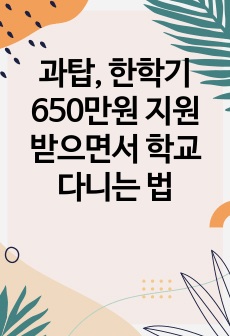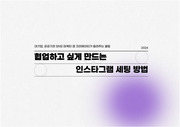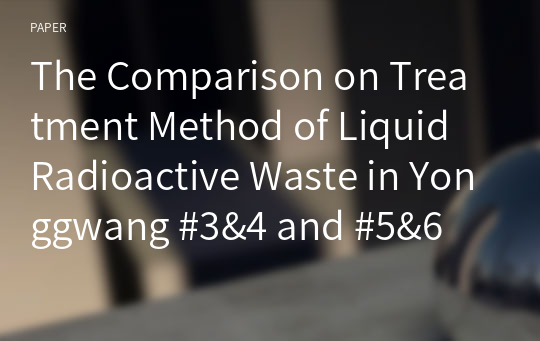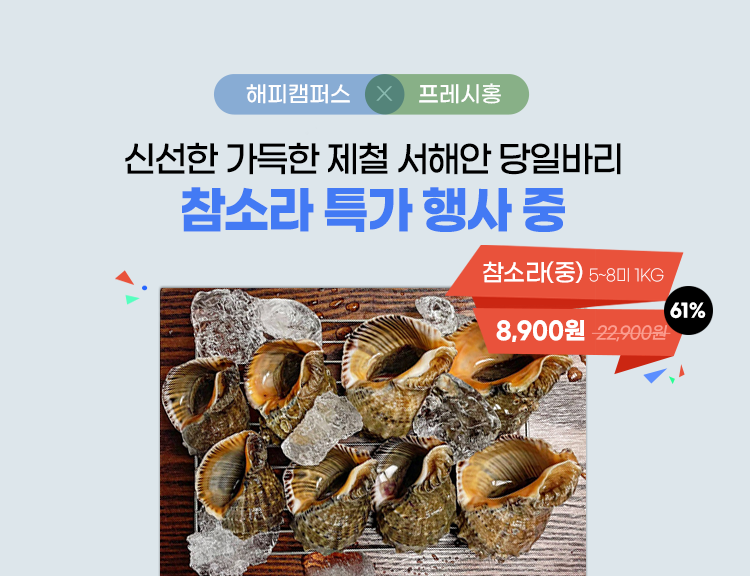The Comparison on Treatment Method of Liquid Radioactive Waste in Yonggwang #3&4 and #5&6
* 본 문서는 배포용으로 복사 및 편집이 불가합니다.
서지정보
ㆍ발행기관 : 한국방사성폐기물학회
ㆍ수록지정보 : 방사성폐기물학회지 / 2권 / 3호
ㆍ저자명 : Yu-Sun Yeom, Soong-Pyung Kim, Seung-Jin Lee
ㆍ저자명 : Yu-Sun Yeom, Soong-Pyung Kim, Seung-Jin Lee
목차
Abstract I. Introduction II. Treatment of Radioactive Liquid Waste. 1. The Disposal in Korea and Overseas 2. Characteristics 3. Treatment Methods of Liquid Wastes 4. Comparison and Analysis on the Effectiveness of Liquid Waste Treatments III. Conclusion IV. References영어 초록
Most of the low-level liquid radioactive wastes generated from PWR plants are classified into high or low total suspended solid(HTDS or LTDS), and into radiochemical and radioactive laundry waste. Although the evaporation process has a high decontami- nation ability, it has several problems such as corrosion, foam, and congestion. A new liquid waste disposal process using the ion-exchange demineralizer(IED), instead of the current evaporation process, has been introduced into the Yonggwang NPP #5 and 6. These two methods have been compared to understand the differences in this study. Aspects compared here were the released radioactivity amount of the liquid radioactive wastes, the dose of off-site residents, the decontamination factor, and the amount of the solid radioactive wastes. The IED system is designed to discharge higher radioactivity about 20% than the evaporating system, and the actual radioactivity released from the evaporating and IED system were 0.473mCi and 1.098mCi, respectively. The radioactivity released from the IED was 2.32 times higher than that of the evaporating system. The dose of off-site residents was mSv for the evaporating system, and mSv for IED. The decontamination factor(DF) of the evaporator is, in most cases, far lower than the lower limits of detection(LLD) with the Ge-Li detector. Due to the low concentration of the liquid wastes collected from the liquid waste system, the decontamination factor of IED is very low. Since there is not enough data on the amount of solid radioactive wastes generated by the evaporation system, the comparison on these two systems has been conducted on the basis of the design, and the comparison result was that the evaporating system generated more wastes about 40% than IED.참고 자료
없음태그
"방사성폐기물학회지"의 다른 논문
 Contaminative Influence of Beef Due to the Inhalation o..8페이지
Contaminative Influence of Beef Due to the Inhalation o..8페이지 Semi-Continuous Electrowinning of LiCl-Li2O Molten Salt7페이지
Semi-Continuous Electrowinning of LiCl-Li2O Molten Salt7페이지 Performance of High Temperature Filter System for Radio..9페이지
Performance of High Temperature Filter System for Radio..9페이지 Transmission Characteristics on Wire-Driven Links of a ..11페이지
Transmission Characteristics on Wire-Driven Links of a ..11페이지 Characteristics of Vitrification Process and Vitrified ..6페이지
Characteristics of Vitrification Process and Vitrified ..6페이지




























